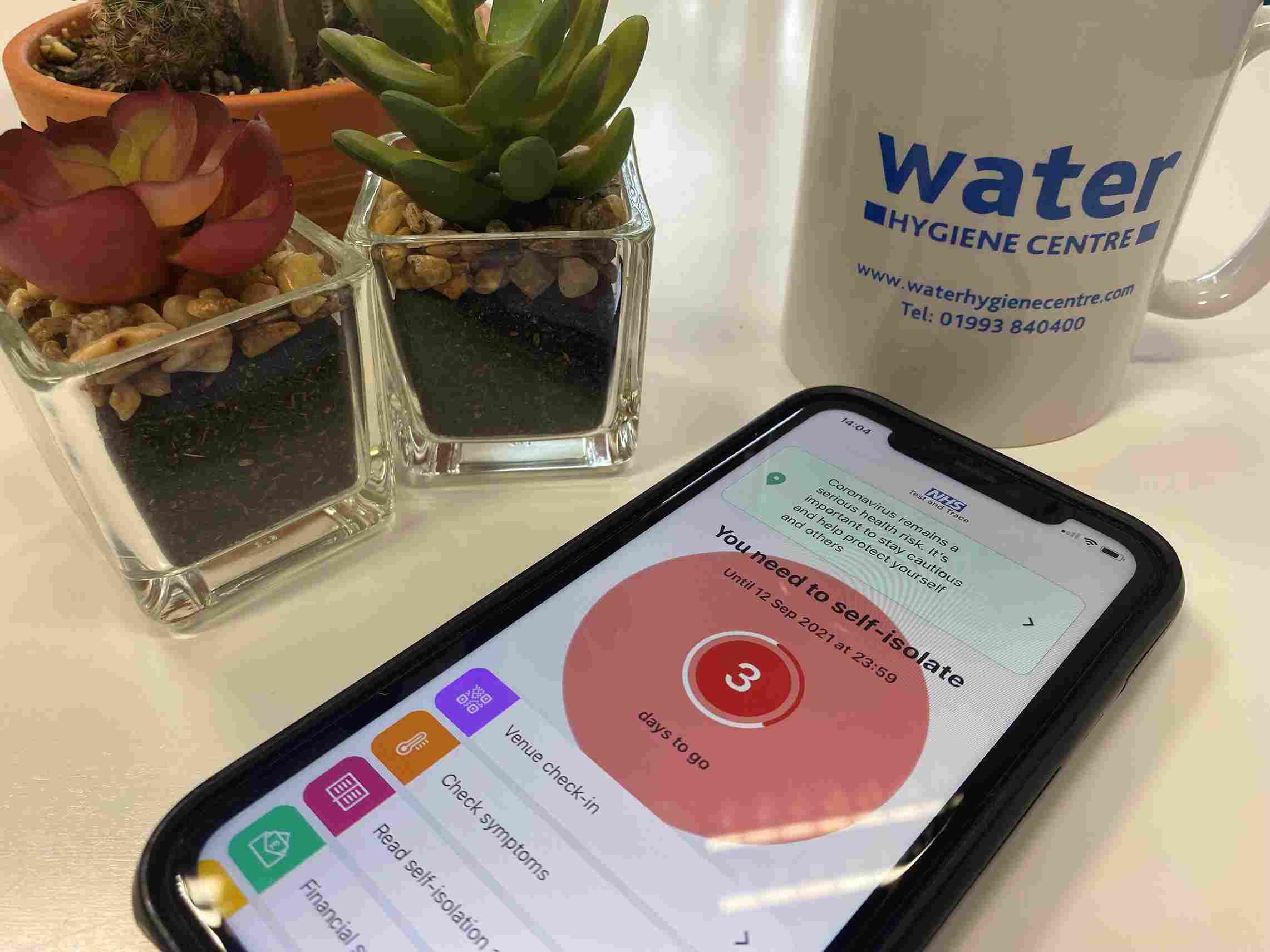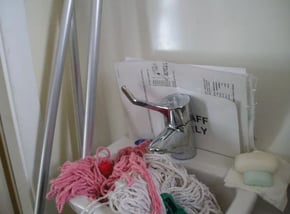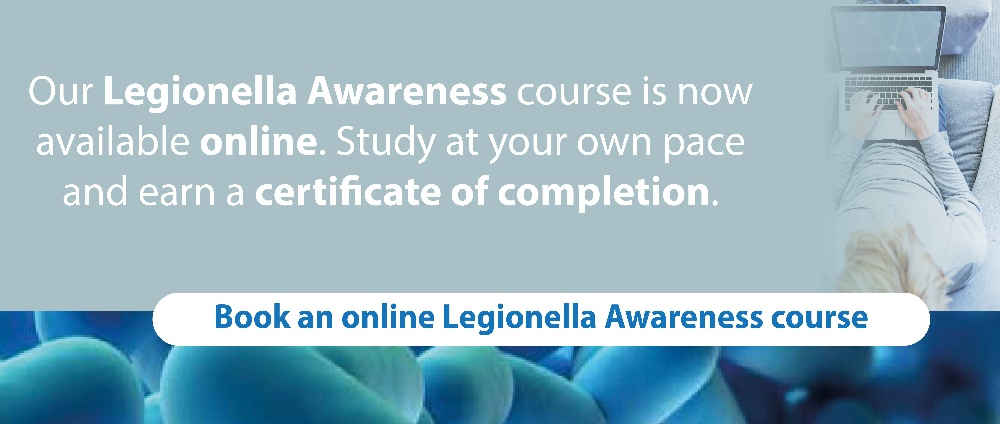
Covid-19 has impacted us all, both personally and professionally since early 2020 and the subsequent periods of enforced self-isolation have of course, caused all sorts of detrimental impacts and effects - whether within our families, on our education, our mental and physical well-being, on businesses and their viability, and the broader UK economy.
From a water hygiene perspective, due to the interruption or disruption to routine water maintenance, property or estates management teams have a responsibility to ensure safe working conditions for occupants remain in place at all times.
The clearest impact of the lengthy self-isolation periods is that most work-place premises (perhaps excepting those providing essential services or products) have become empty or have had a significantly reduced capacity. This inevitably leads to turnover within domestic water systems becoming a fraction of the previous norm and potentially water quality declining dramatically.
What can be done to mitigate the impact?
The control of Legionella bacteria will be achieved by considering water temperature, its cleanliness and water age in conjunction with a robust Legionella flushing regime or outlet removal schemes. Alongside these issues we typically attempt to address the shortfalls that may be present in the design, installation, maintenance or operational performance of the water system as well as including the implementation of an appropriate flushing regime.
We advised previously, you DO NOT put a property back into use without first considering the water quality, as during any period of inactivity the water systems will have stagnated, or, if systems have been drained down there may be pockets of water that remained in the system.
Recommissioning Issues
For each property or water system, a recommissioning plan should be detailed. The number of steps in this plan will vary depending on the complexity and size of the water systems and importantly on the people who will be using these systems, this includes those undertaking the recommissioning works.
In order to formulate a recommissioning plan, you should consider the following: -
- How many buildings need to be recommissioned?
- When is the building due to be reoccupied?
- From the planned date of occupation we need to work back on the calendar to allow enough time for each recommissioning step to be completed. What are the tasks that you need to complete for the water system(s) to be recommissioned? How long does each step take to complete?
- Who is going to be carrying out each step? Can they/you prove that they are competent, which includes suitable Legionella training ? If not, you should deliver the required Legionella training to produce this assurance. Many different stakeholders can influence little-used outlet presence and as such the implications of poor management should be reiterated routinely. An increase in risk by the uninformed cannot be underestimated.
- Do you have a partial reoccupation that will require any additional flushing / monitoring until full occupation?
Have we sufficiently considered all the implications of a large scale or long-term Legionella flushing regime?
Additional items to consider may include the following;
 The precise identification of any and all little used outlets remains critical, alongside the identification of those staff who can provide you with the knowledge to locate and maintain these outlets. In some cases Estates teams will have the resources to implement a Legionella flushing regime, in others this duty will fall to the building users themselves;
The precise identification of any and all little used outlets remains critical, alongside the identification of those staff who can provide you with the knowledge to locate and maintain these outlets. In some cases Estates teams will have the resources to implement a Legionella flushing regime, in others this duty will fall to the building users themselves;- Ensure the process for completing the flushing task is straightforward, understood by all and its ongoing review is a part of your organisations water safety framework;
- Water Safety Records must be clear, documented appropriately/controlled with records/forms being accessible to all;
- We must ensure there is clarity regarding the definition of ‘infrequent use’ – this may vary between applications and will depend not only on frequency and duration of use, but also other risk factors, such as water temperature and the vulnerability of the population. A Legionella flushing regime should be devised as part of your organisations ‘written scheme of precautions’ or ‘water safety plan’;
- Although microbial growth may well be adequately controlled by identifying areas of infrequent use, and flushing them at least weekly (or as required in healthcare and other high-risk premises). Each outlet should be flushed for long enough to ensure that the entire contents of the outlet and its associated supply pipework has been replenished with fresh water. Water temperature can certainly be a helpful indicator in this respect – by flushing for as long as it takes for the water from the outlet to stabilise at a temperature comparable to the incoming supply;
- Ensure your responsibility structure for management and execution of the flushing programme includes arrangements for holiday cover and absenteeism;
- Ensure there is a flushing task risk assessment and safe method of work formulated, i.e., how to flush outlets safely – the risk between a little used but flushed outlet and an unused outlet may be significant;
- Clarify the process for updating the list of outlets or facilities under review.
The on-going and successful Covid-19 vaccination programme this year, may well ensure that self-isolation is less prevalent than previously with property occupation levels increasing sufficiently ensuring water turnover in domestic water systems are adequate to prevent significant concerns regarding waterborne pathogen presence.
However, it is also clear that we have yet to return to previous property occupancy levels and may never do so. To this end, Water Safety Plan’s (or written schemes of control) should include a robust contingency measure to demonstrate that as Property Managers / Responsible Persons, that we have learnt from some of the lessons of the past 18 months.
Feel free to reach out if you have any questions about this blog or if you would like to consult with one of our experts for further advice on water hygiene.
Editor’s Note: The information provided in this blog is correct at date of original publication – September 2021.
© Water Hygiene Centre 2021








